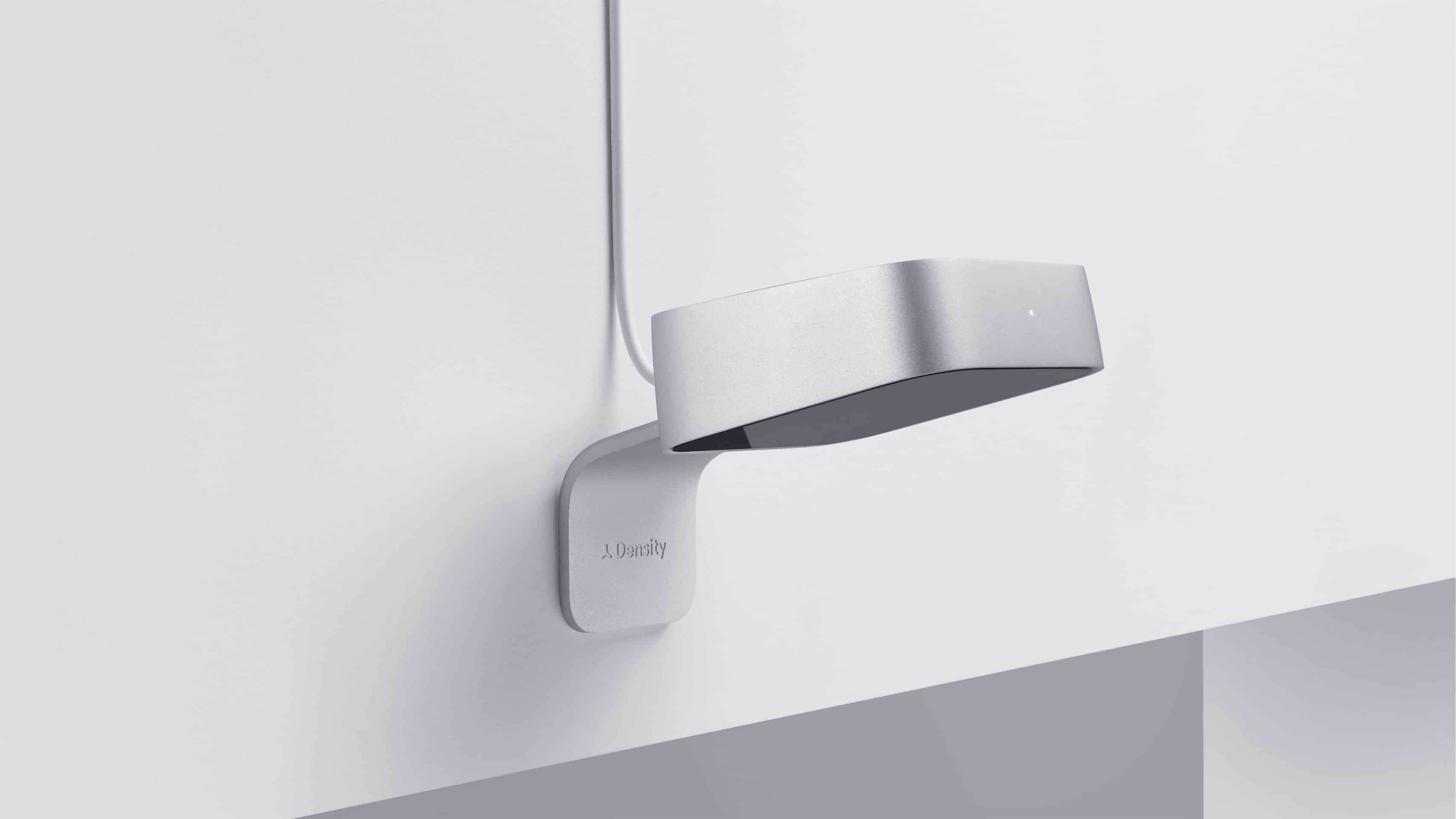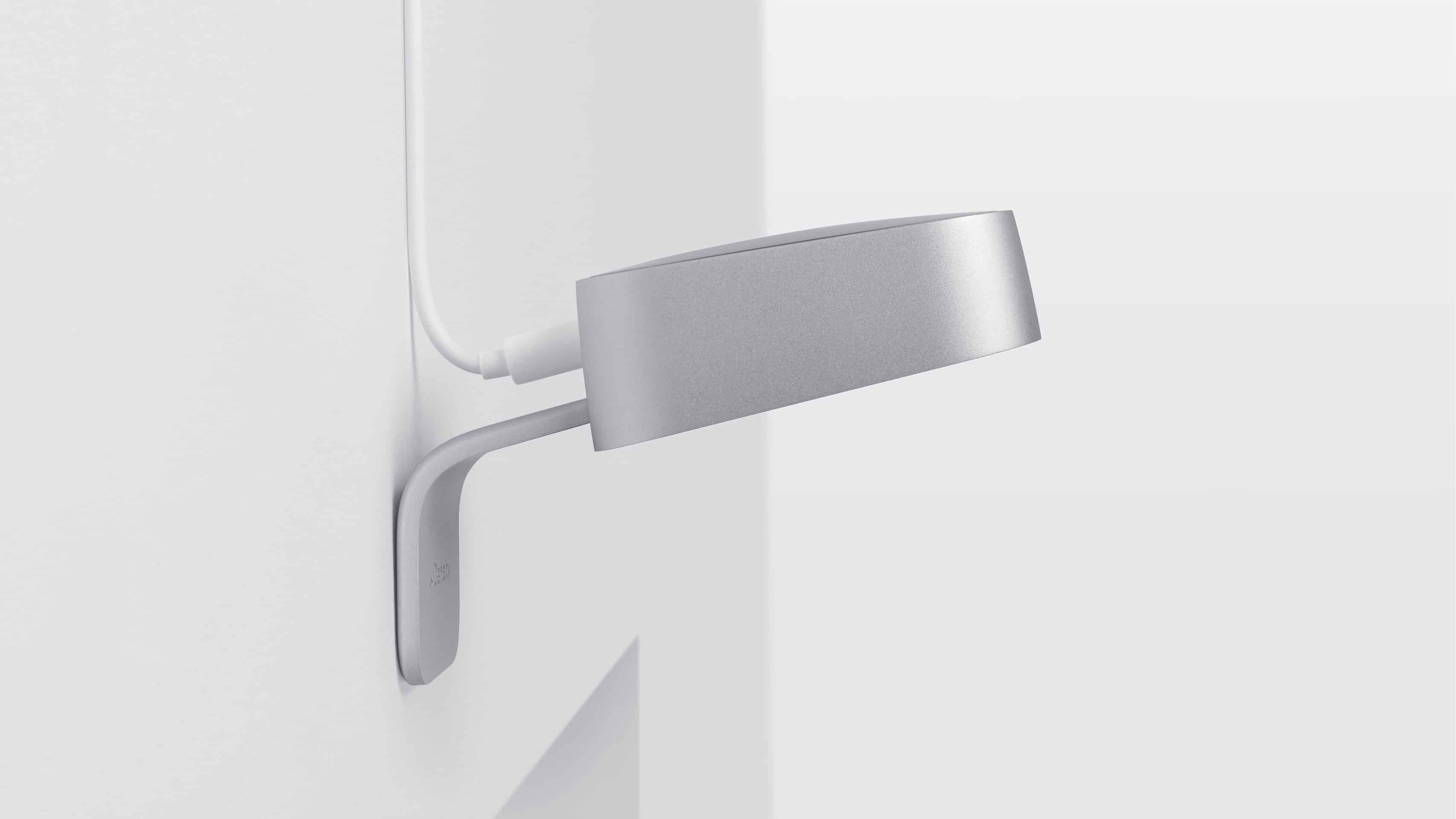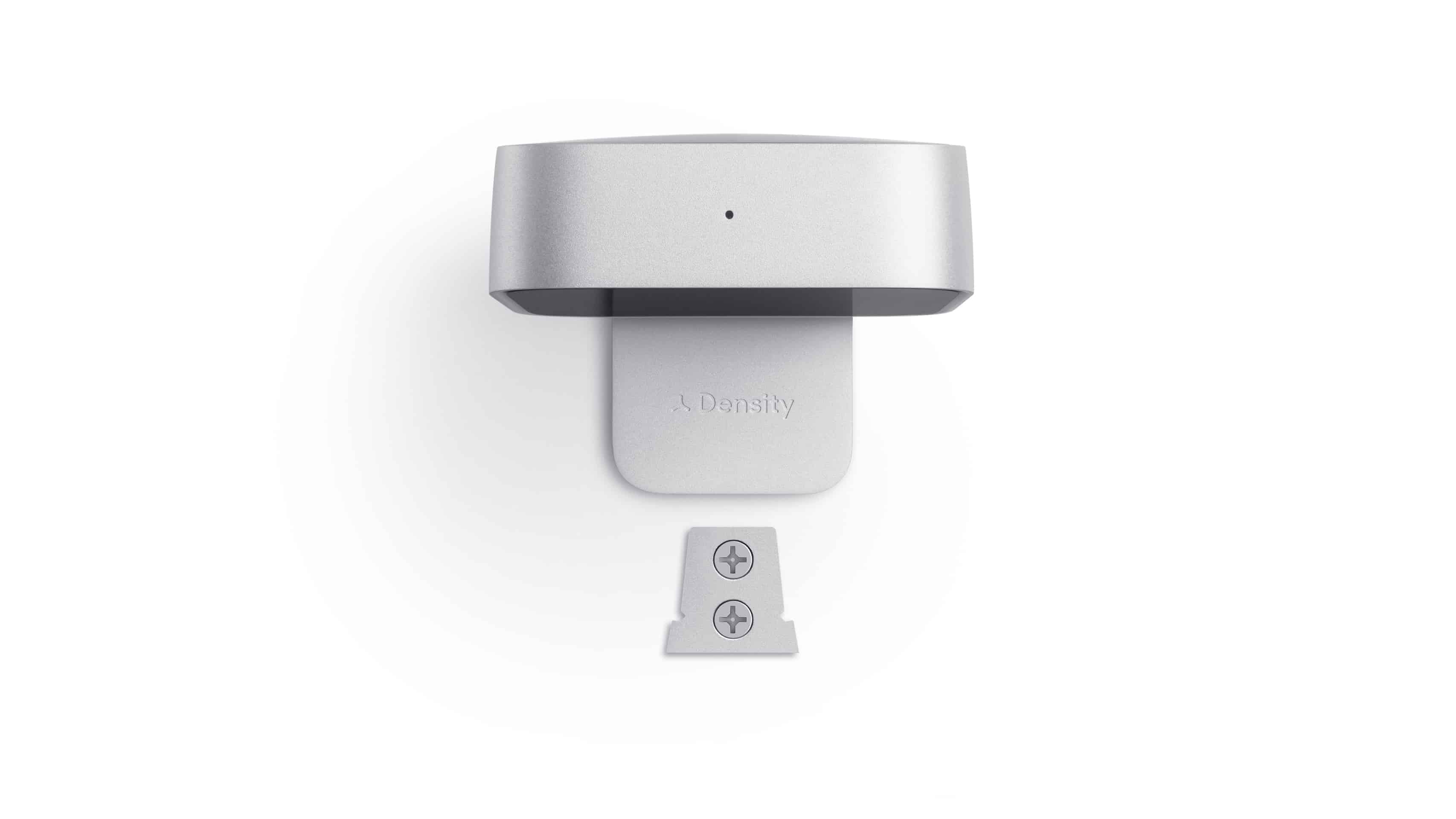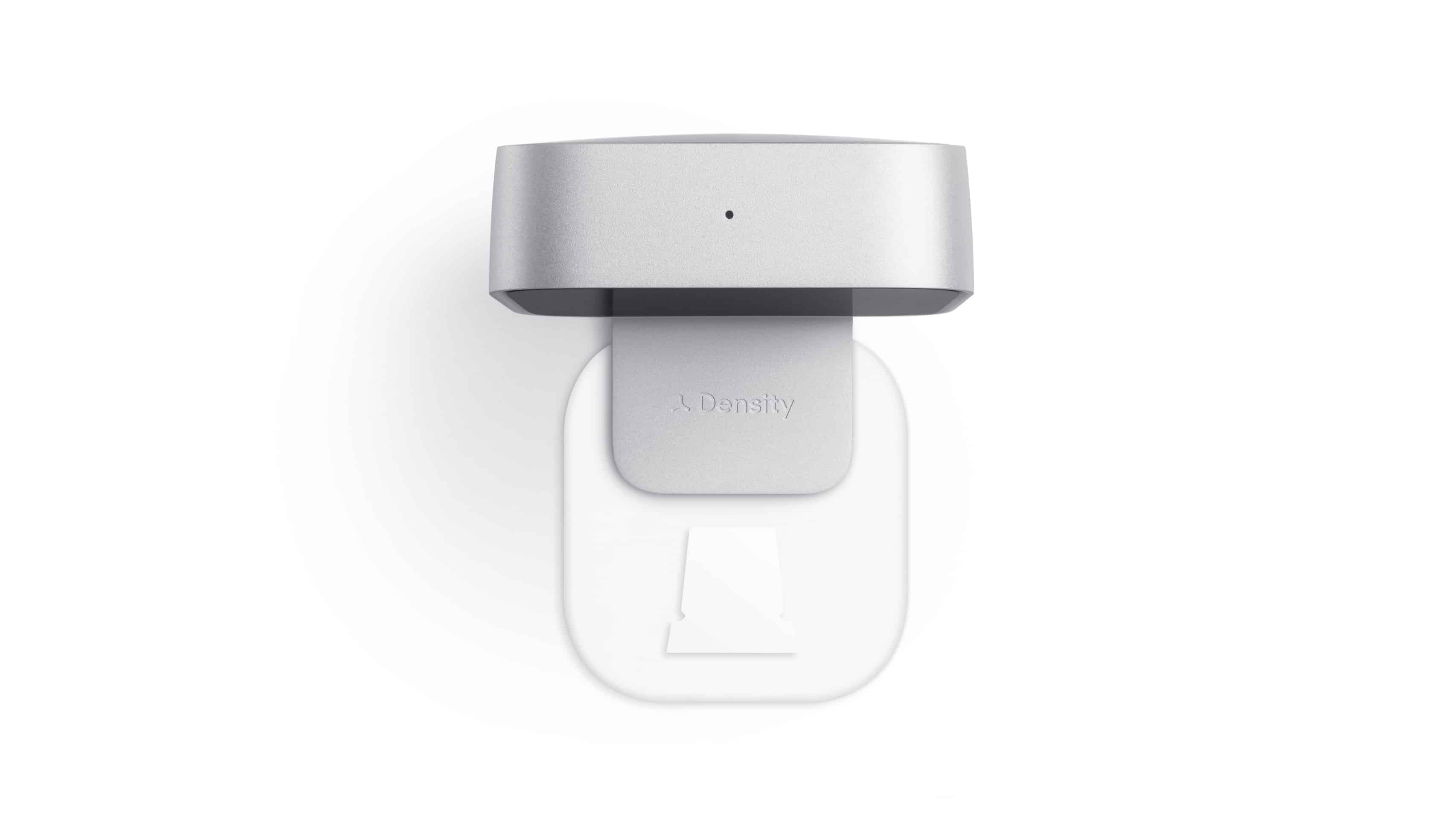Density People Counting Sensor

Density uses cutting-edge depth technology, computer vision, and an onboard quad-core processor to anonymously measure and manage entrances and exits through a door. The advanced technology is intelligent enough to handle complex human behavior -- group collisions, bi-directional movement, lines and lingering. When deployed as a network of sensors, Density will seamlessly reconcile multiple entrances through different doors all into one room. Density can do a lot of good -- measure the status of an entire city’s available emergency rooms, identify which building entrance was used the most during an evacuation, calculate how many people are on the top floor of an office during a fire, determine the subway stop with the fewest people, or even eliminate lines.


I started by defining the product around three key tenants: Self Installable, Unobtrusive, and Premium.
Self Installable: The sensor install is broken down into three simple steps. The design features a universal bracket that can be easily screwed to the wall with two screws. The user plugs in the power cable to the back of the device and slides it onto the bracket which recesses into the curved mount on the sensor. When installed the sensor sits flush to the wall with no visible mounting screws.
Unobtrusive: Density is designed to be functional, elegant and compliment the space that it lives in. The device has a modest pose, facing downwards as to only focus on the area around an entryway. The silver anodized aluminum is a neutral material and fits well within myriad of environments.
Premium: Made from anodized aluminum, specialized IR glass, and tested for years of service, the sensors is built to live anywhere and last. The sensor also comes with a custom power cable that is clean, simple and does not detract from the design hardware.


Initial CAD models were made in Autodesk Alias to define surfaces then ported over to solid works to develop the assembly and mechanical engineering. We used Objet 3D printers for rapid prototyping and moved into machined aluminum to test thermal models and final assembly.



Overall the design was well received. We had many design critiques during the product development and were confident that this device would show well. It was a challenge maintaining the Industrial Design during some of the mechanical engineering thermal testing. Compromises in overall size had to be made in order to provide ample aluminum surface area for heat dissipation. If I were to do this again, I would try and get power estimations as early as possible, as this can greatly impact design and is often information that is not available when the Industrial Design is being defined.
I would love to hear you feedback on the design or ideas around how this technology would be meaningful to you. Feel free to reach out.
This is great, I remember some malls where they use this type of a clicker to count people.